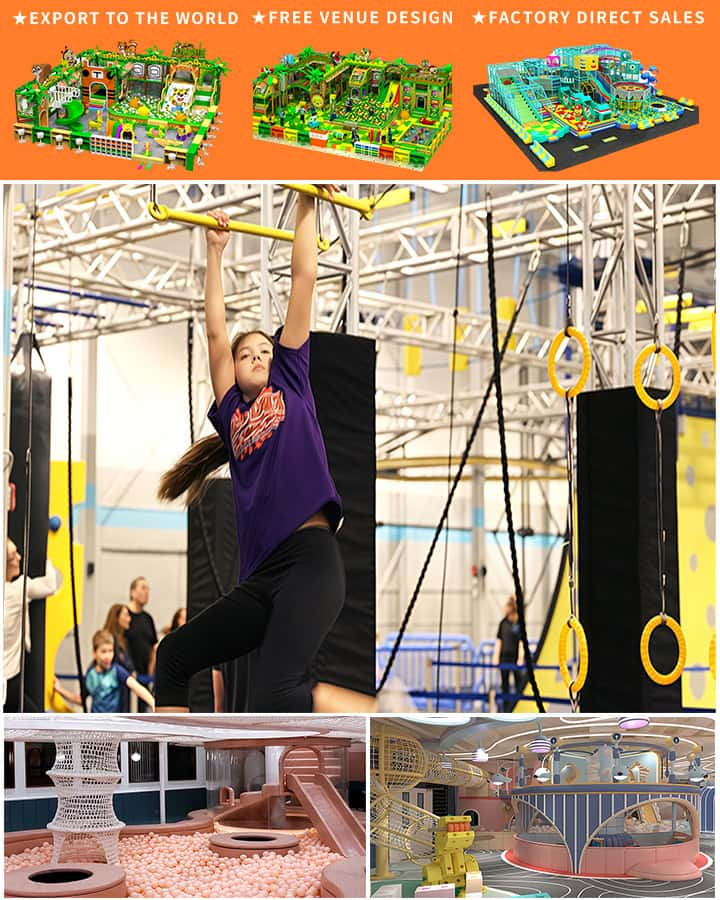Creating a vibrant, engaging, and safe playground in a park is a dream many communities strive to achieve. However, the cost associated with procuring and installing playground equipment can be daunting. Understanding the various factors that contribute to the overall expense can help community leaders make informed decisions. This article delves into the different aspects affecting the cost of playground equipment for parks, providing a comprehensive overview to assist in budgeting and planning.
Types of Playground Equipment
The first step in estimating the cost is understanding the types of playground equipment available. These generally fall into several categories:
Traditional Play Structures: Items like swings, slides, seesaws, and climbing frames form the backbone of most playgrounds. The cost for these items can vary widely based on materials and complexity.
Safety Surfacing: Ensuring safety is paramount. Rubber mats, wood chips, or poured-in-place surfaces are common choices, each with different price points and longevity.
Inclusive Play Equipment: To ensure accessibility for all children, including those with disabilities, specialized equipment such as wheelchair-accessible carousels, sensory play areas, and adaptive swings may be necessary. These tend to be more expensive due to their specialized nature.
Freestanding and Interactive Elements: Features like musical instruments, interactive games, and water play structures add variety but can also increase costs.
Material Costs

The material used in playground equipment significantly influences its price. Common materials include:
- Plastic: Often the most affordable option, suitable for basic play structures.
- Metal: Durable and sturdy, usually more costly than plastic but longer-lasting.
- Wood: Offers a natural aesthetic and can be quite durable but requires maintenance to prevent rot and decay.
Installation Costs
Installation is another critical factor affecting the total cost. Professional installation ensures safety and compliance with local regulations. Factors influencing installation costs include:
- Site Preparation: Clearing space, leveling ground, and ensuring proper drainage.
- Labor: Hiring skilled workers to assemble and secure structures.
- Permits and Fees: Securing necessary permits from local authorities can incur additional expenses.
Maintenance and Longevity
While upfront costs are significant, ongoing maintenance should not be overlooked. Regular inspections, cleaning, and minor repairs help extend the lifespan of playground equipment, ultimately offering better value over time. High-quality materials often come with higher initial costs but may reduce long-term expenses due to their durability.
Customization and Design
Customizing a playground design to fit specific needs can add to the overall cost. Factors include:
- Theme and Aesthetics: Custom themes or branded designs might require unique elements not readily available off-the-shelf.
- Size and Layout: Larger or more complex layouts need more materials and labor.
- Additional Features: Incorporating shaded areas, seating, or decorative elements can enhance usability and appeal but at an extra cost.
Funding and Grants
Many communities seek external funding to offset the high costs of playground development. Grants from governmental bodies, non-profit organizations, and private donors can be a valuable resource. Applying for grants requires careful planning, detailed proposals, and adherence to specific guidelines.
Conclusion
The cost of playground equipment for parks encompasses a wide range of factors, from the type and material of equipment to installation and ongoing maintenance expenses. By understanding these elements, community leaders can better plan and budget for creating safe, inclusive, and enjoyable playgrounds that benefit all residents. Investing in high-quality playground equipment not only enhances community recreational spaces but also fosters children’s physical, social, and emotional development, making it a worthwhile expenditure for any community.




